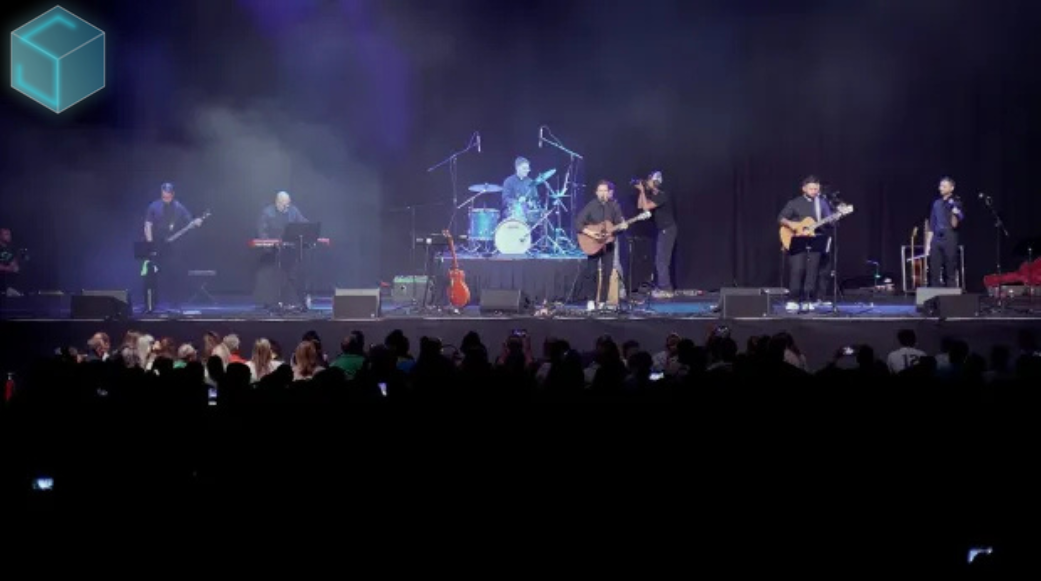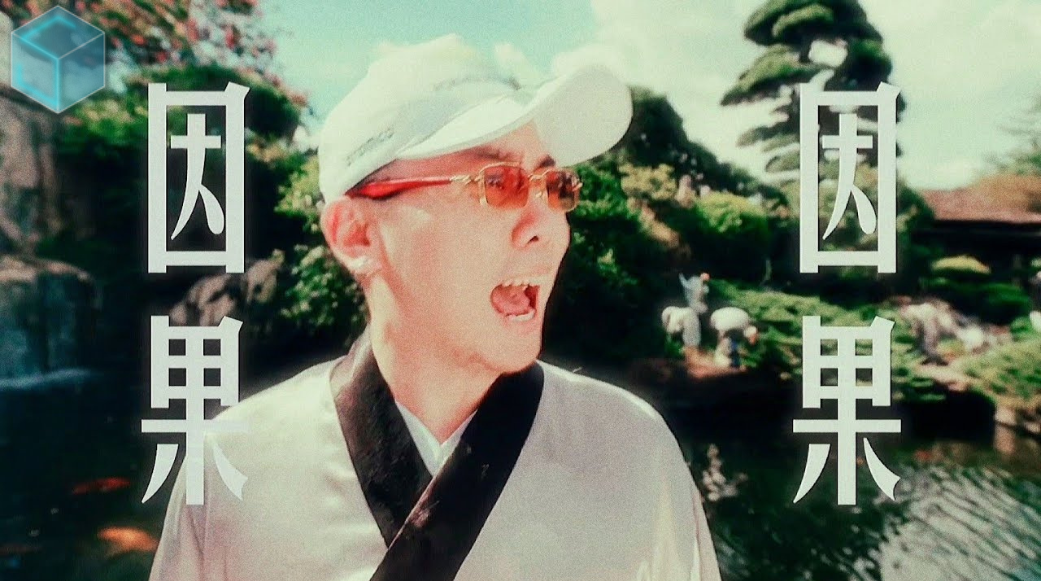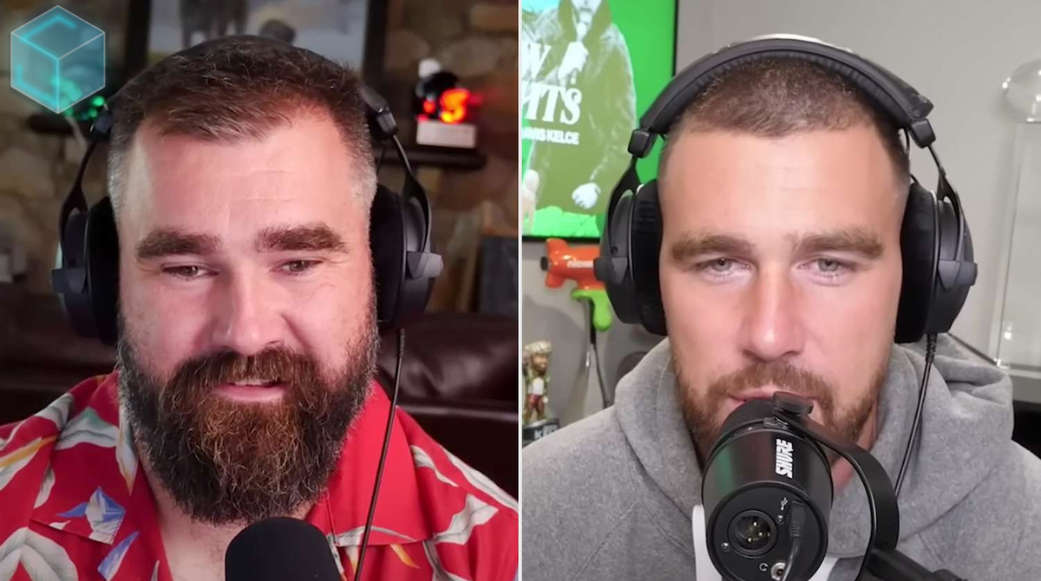
August 20, 2025
Imagine six Catholic priests performing at a sold-out Houston show instead of a well-known pop star. Their band's performance combined messages of prayer, celibacy, and faith with elements of rock...
Read more.png)
August 20, 2025
Nostalgia, Mother Mother’s latest album, is one of those rare creations. It invites us into a world where lightness isn’t escapism—it’s a form of resistance, a beacon of hope, and a path forward....
Read more
August 19, 2025
When Anna of the North released “Lovers” in 2017, it was already a dreamy synth-pop gem, filled with wistful vocals and lush production that captured the ache of young romance. But it wasn’t until...
Read more
August 19, 2025
“Let Me Know” ft. Future started out as a moody, late-night playlist type of track, the kind you blast in your car pretending you’re in a music video while stuck in traffic. But now? It’s become...
Read more
August 19, 2025
“Your Idol” stands out in Kpop Demon Hunters not just as a catchy track, but as one of the most self-aware songs in the whole project. At first listen, it has all the hallmarks of a classic K-pop...
Read more
August 19, 2025
If you’ve scrolled TikTok, Insta, or literally any corner of the internet in the past few weeks, you’ve probably heard it: the fizzy, feel-good bop known as “Soda Pop” by the Saja Boys. Straight...
Read more
August 19, 2025
Skai Is Yourgod didn’t just drop a song, he dropped a cultural grenade. His track “Stacks From All Sides” has taken TikTok by storm, and the secret sauce? A cheeky little sample from Beetle on...
Read more
August 19, 2025
After 70 weeks at No. 1 with “Too Sweet,” Hozier’s reign on Billboard’s Hot Rock Songs chart comes to an end as newcomer Sombr takes over with...
Read more
August 19, 2025
Charli XCX brought her groundbreaking Brat era to a poignant close Friday night during an electrifying performance at South Korea's One Universe Festival. The pop innovator marked the final...
Read more
August 19, 2025
Taylor Swift’s appearance on Travis and Jason Kelce’s New Heights podcast drew 1.3M live viewers, breaking YouTube records and sparking buzz with details about her new album The Life of a...
Read more
August 19, 2025
After a six-year silence, Chance the Rapper is officially back. On August 15, 2025, he will drop his sophomore album, Star Line, marking a new chapter filled with growth, travel, and creative...
Read more
August 19, 2025
Lana Del Rey’s new song takes aim at Ethel Cain, referencing an alleged personal rift involving Instagram posts, a mutual ex, and behind-the-scenes remarks...
Read more.png)
If you’ve just stepped into the world of music production, vocal stutters can be a fun and impactful technique to add excitement and energy to your tracks. You’ve heard that fast vocal stutter at the 0:28 mark of the song, and now you’re wondering how to recreate it in your own music. Don’t worry—this effect is easier to achieve than it might seem!
Let’s break it down and take inspiration from a famous producer who’s a master of this technique: Skrillex.
First things first: you need a vocal sample that you want to stutter. The ideal vocal clip should have a clear, distinct sound, whether it’s a single syllable or word. In the song you referenced, the stutter occurs on the phrase “heee.” The key is to isolate this part of the vocal.
Once you have your vocal sample isolated, it’s time to create that stutter effect. There are two main ways to do this:
Skrillex’s ApproachSkrillex is known for his aggressive and innovative use of vocal stutters in his music. In tracks like "Scary Monsters and Nice Sprites," Skrillex masterfully chops and repeats vocals to build energy before the drop. He often combines manual stuttering with plugins, using precise timing to create a glitchy, rhythmic burst of sound that leads into the next section. His creative manipulation of vocals is what makes his stutter effects so memorable.
After creating the stutter effect, you can elevate it by adding additional effects:
Skrillex’s ApproachSkrillex doesn’t just stop at stuttering the vocals; he enhances them with a range of effects. He often applies pitch-shifting to make the stutter feel more fluid and evolving, while using filters to sweep through the sound, creating anticipation. This layering of effects adds complexity and depth to his music, making each stutter feel like an integral part of the track’s energy.
One of the most critical aspects of a successful vocal stutter is its timing and placement in the song. In build-ups, the stutter should create anticipation and tension, leading to the drop. The timing should be in sync with the tempo and rhythm of the track.
Skrillex’s ApproachSkrillex is a master of placing stutters at the perfect moment in his tracks. He uses the technique to add rhythmic interest and build tension before the drop. His stutters are always precisely timed, ensuring they fit seamlessly within the beat while driving the energy forward.
There’s no right or wrong way to create a vocal stutter, so don’t be afraid to experiment. Try varying the length of the stutter, layering different effects, and playing around with pitch and timing. The more you experiment, the more unique your stutters will become.
Vocal stutters are a powerful tool for creating energy and anticipation in your music, especially during build-ups. Whether you choose to manually chop and arrange your vocal samples or use plugins for automation, the key is to experiment and tailor the effect to suit your track’s vibe.
Start with a strong vocal sample, manipulate it through sound design, and apply effects to bring it to life. As you practice, you’ll develop your own unique style, just as Skrillex did, using vocal stutters to build excitement and drive his tracks to new heights.
Have you tried creating vocal stutters in your tracks? Share your tips or challenges in the comments below!